Contemplative Atmosphere of Giant Water Droplets “Teshima Art Museum”
The Teshima Art Museum is one of the works of the Pritzker Architecture Prize laureate from Japan. Ryue Nishizawa, founder of SANAA, collaborated with artist Rei Naito to design a space that could accommodate the Setouchi International Arts Festival in 2010.
 Teshima Art Museum by Ryue Nishizawa (cr: Iwan Baan)
Teshima Art Museum by Ryue Nishizawa (cr: Iwan Baan)
 The museum from afar (cr: Iwan Baan)
The museum from afar (cr: Iwan Baan)
Even though the events inside have long passed and changed many times, the Teshima Art Museum still stands attractive and is busy with visitors, as if it is the artwork itself. From a distance, the two all-white concrete buildings—one museum and one cafe—look like sloping hills experiencing color anomalies amidst the green, grassy hills around them. They also look like two giant water droplets. The closer one walks, the clearer it becomes that this dome shelters a space beneath that is calling to be visited.
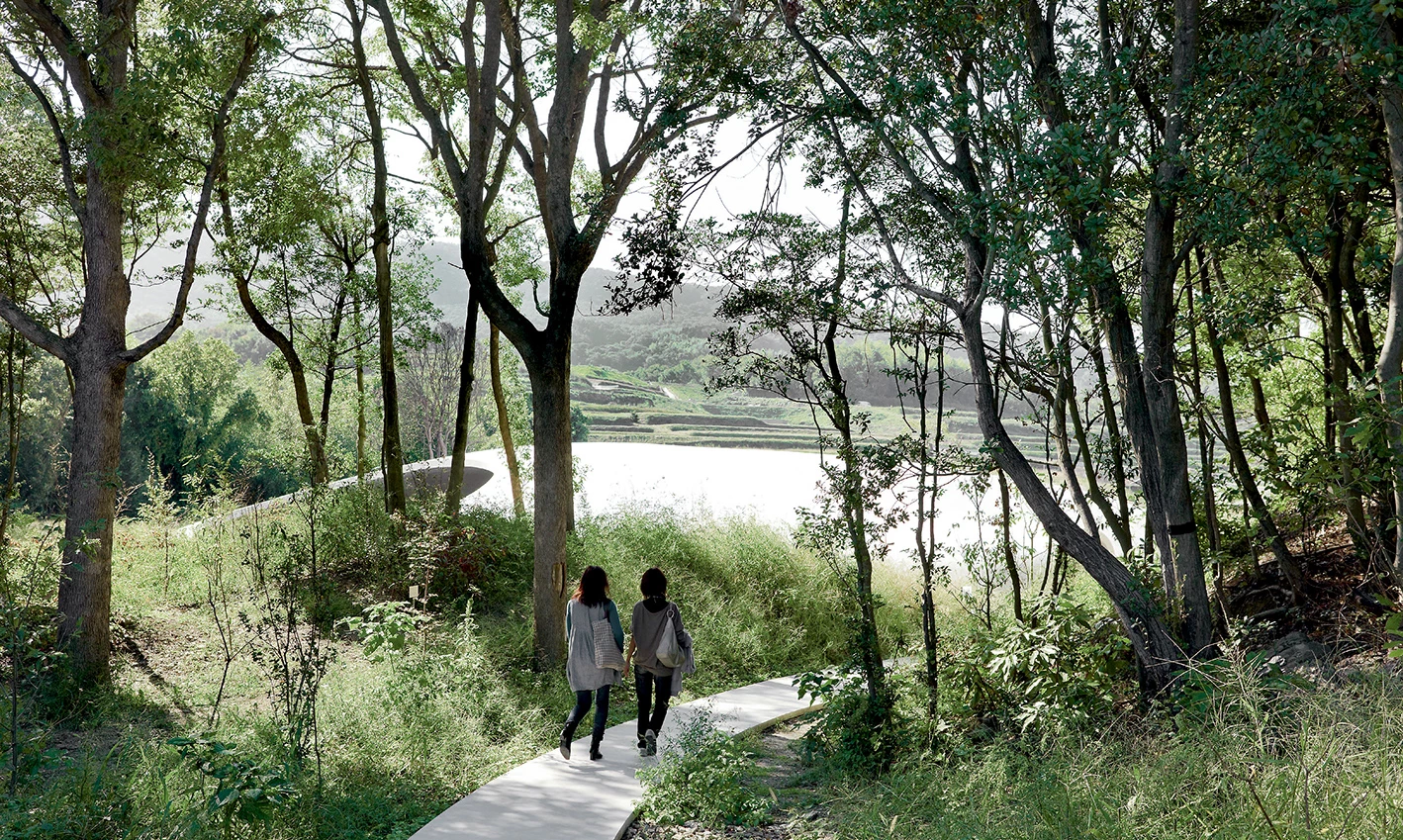 White sloping structure amidst the green hills (cr: Iwan Baan)
White sloping structure amidst the green hills (cr: Iwan Baan)
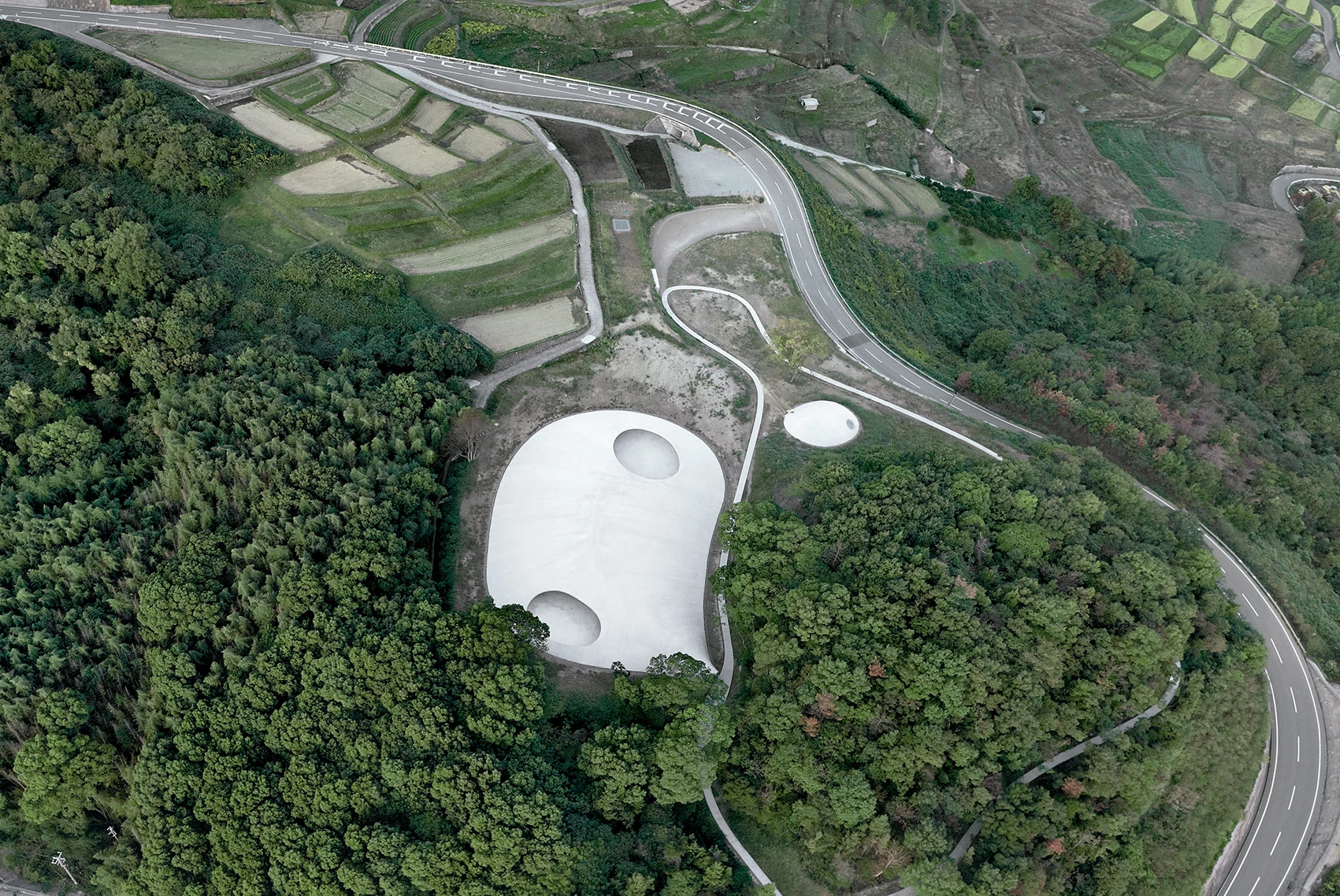 Top view (cr: Iwan Baan)
Top view (cr: Iwan Baan)
Once inside, visitors will be greeted with an all-white room, from end to end, from bottom to top. Two large oval holes on the top surface provide access to light, sound, and even rainwater. Glimpses of trees and sky break the plain white appearance, rays of the penetrating light provide gradations, and the sound of flowing water droplets and the chirping of birds passing by resonate, enriching the contemplative ambiance of the space.
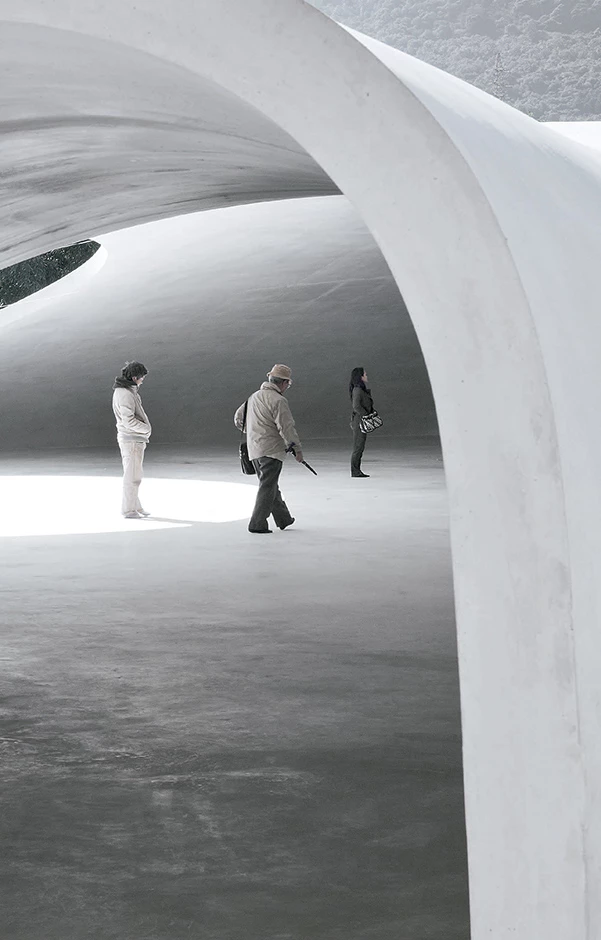 The space beneath (cr: Iwan Baan)
The space beneath (cr: Iwan Baan)
 The water droplets (cr: Iwan Baan)
The water droplets (cr: Iwan Baan)
People can sit and ponder for hours, getting lost in the atmosphere, especially with a feature that emits small water droplets. The small droplets move on the sloping surface of the floor, uniting with other droplets and creating larger puddles before finally flowing into small holes, making the sound of flowing water that washes away one’s reverie. The quiet and calm mood seems to slow down the passage of time, making visitors slowly become more aware of their existence and the surrounding environment.
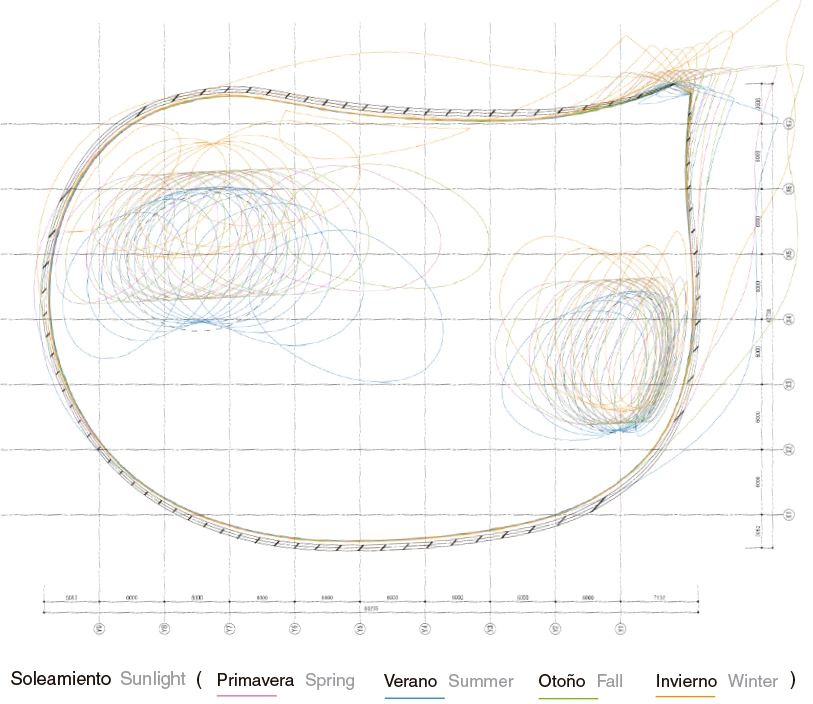 Changes in shadow throughout the day (cr: Iwan Baan)
Changes in shadow throughout the day (cr: Iwan Baan)
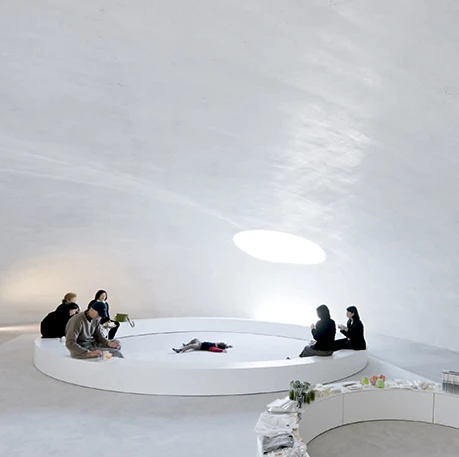 The cafe (cr: Iwan Baan)
The cafe (cr: Iwan Baan)
To maintain the solemnity of the space, the museum management imposes several provisions for visitors. They should make a prior reservation, not bring large objects, not enter with ink or pens, not smoke or be drunk, not operate cell phones, not throw rubbish, not make noise or play loud music, and at certain points be asked to take off their shoes for a quieter experience.
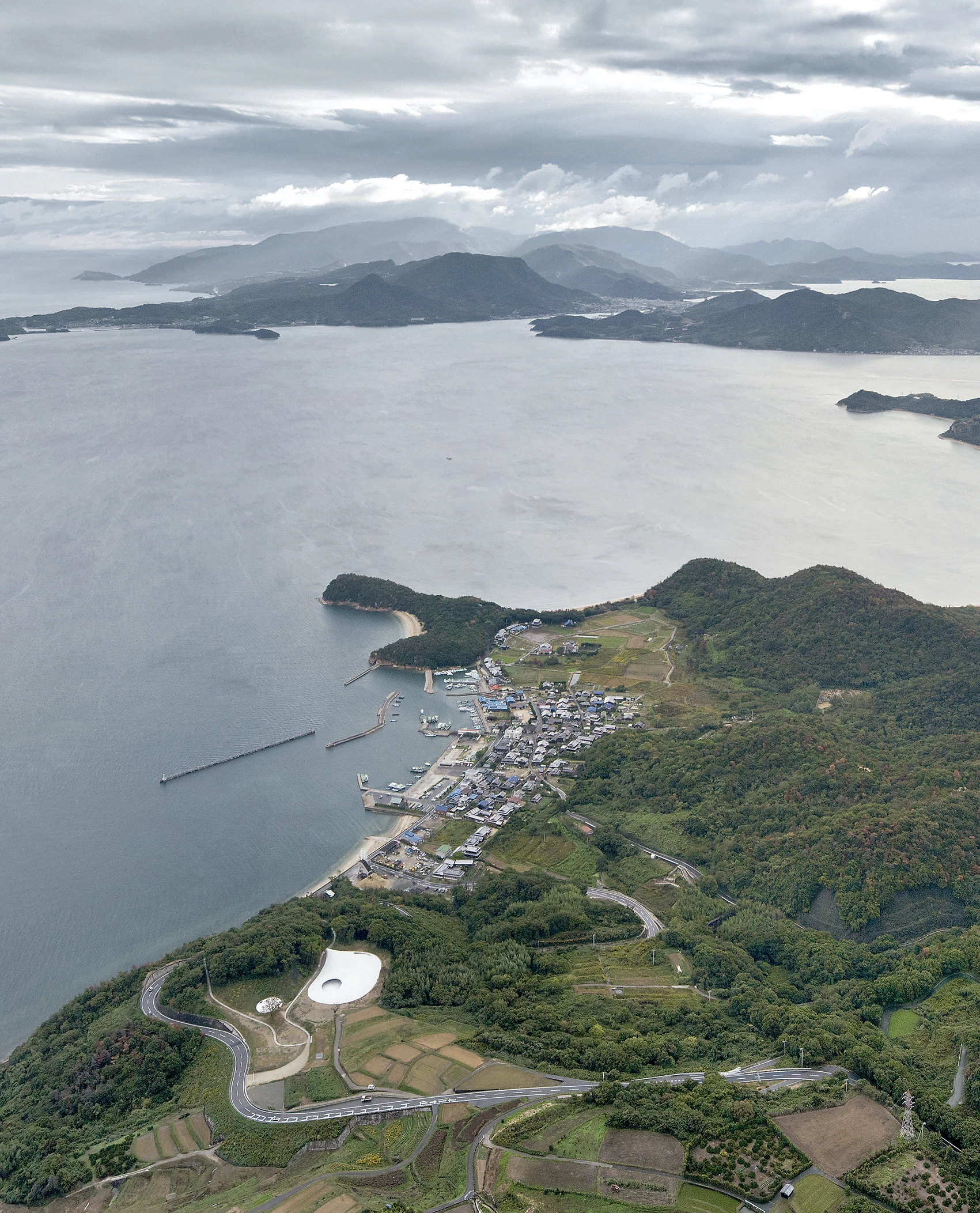 Its location in a remote area (cr: Iwan Baan)
Its location in a remote area (cr: Iwan Baan)
The Teshima Art Museum by Ryue Nishizawa symbolizes minimalism, both in form, appearance, materials, and the atmosphere it produces. Despite the difficult access due to its remote location, the magical experience that welcomes the visitors at the end of the journey would make it worth it.


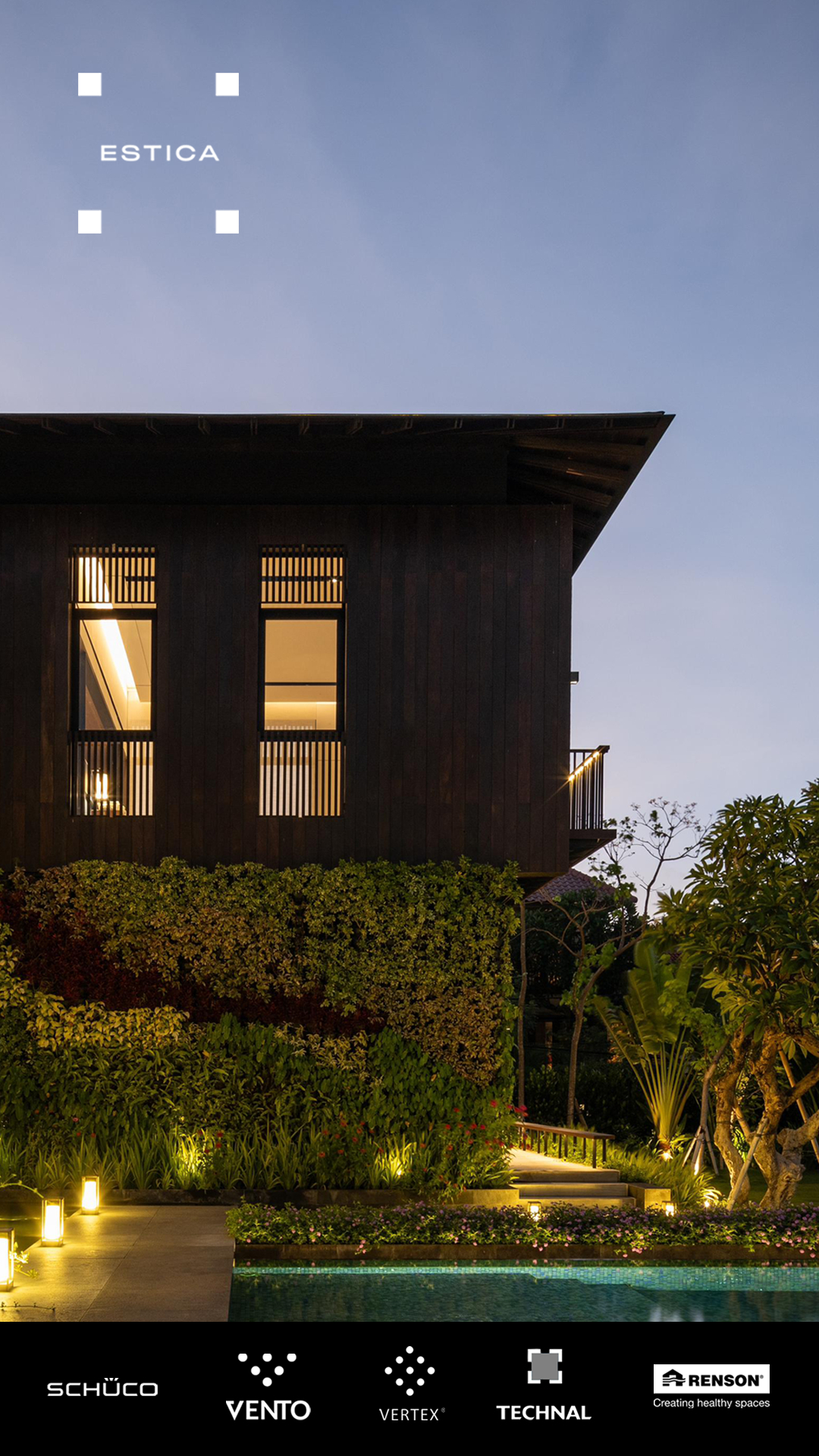
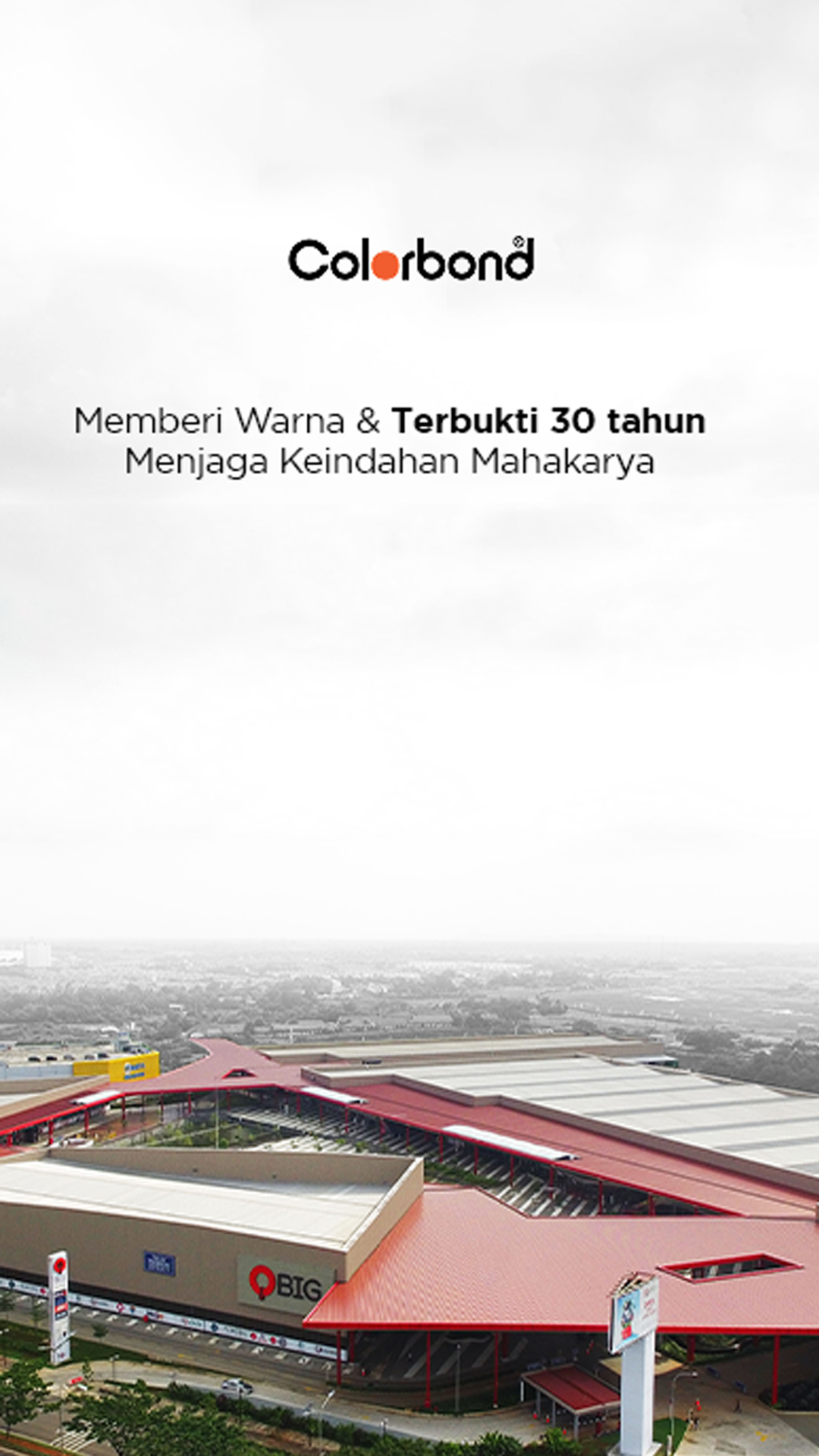
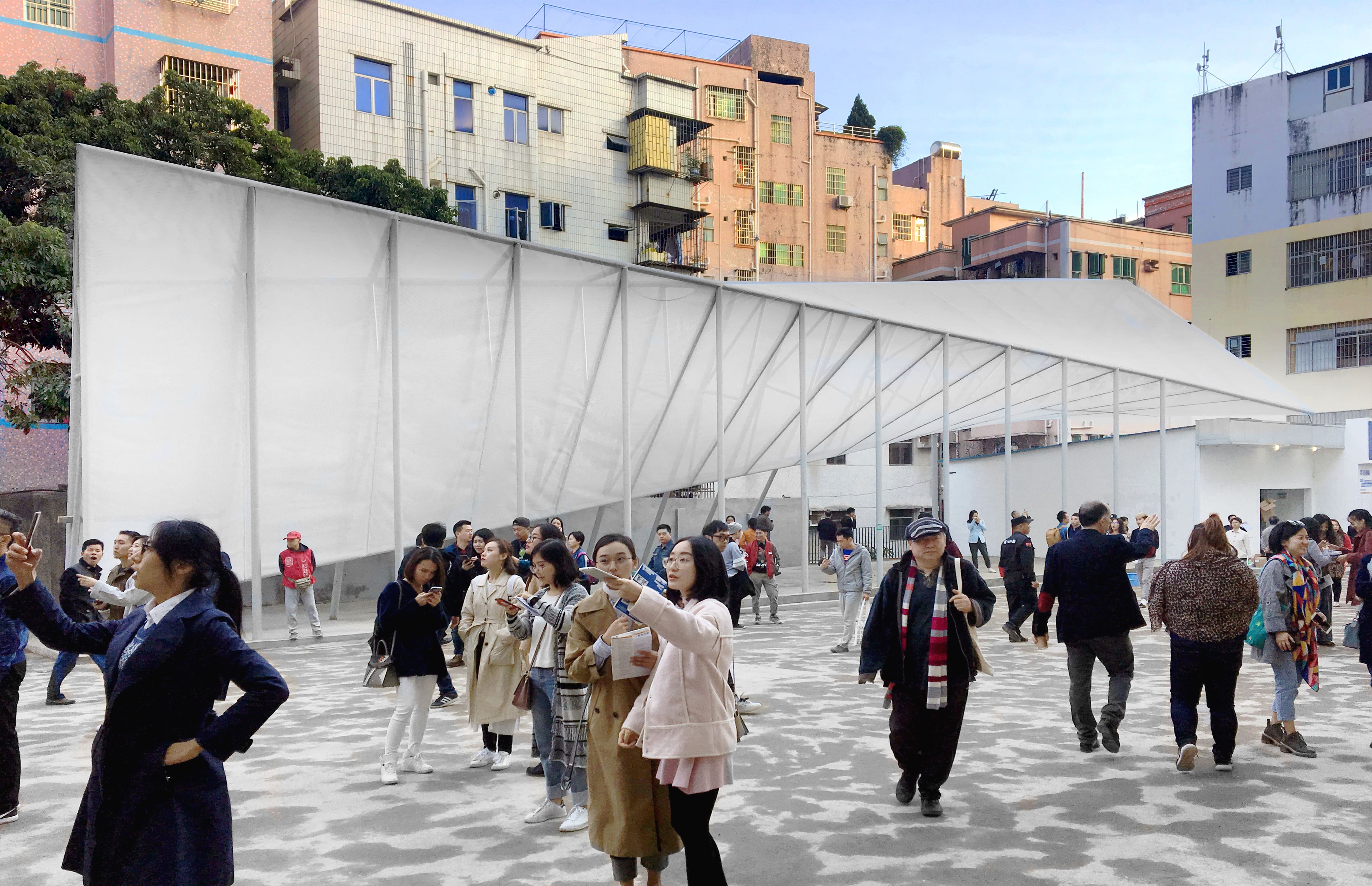

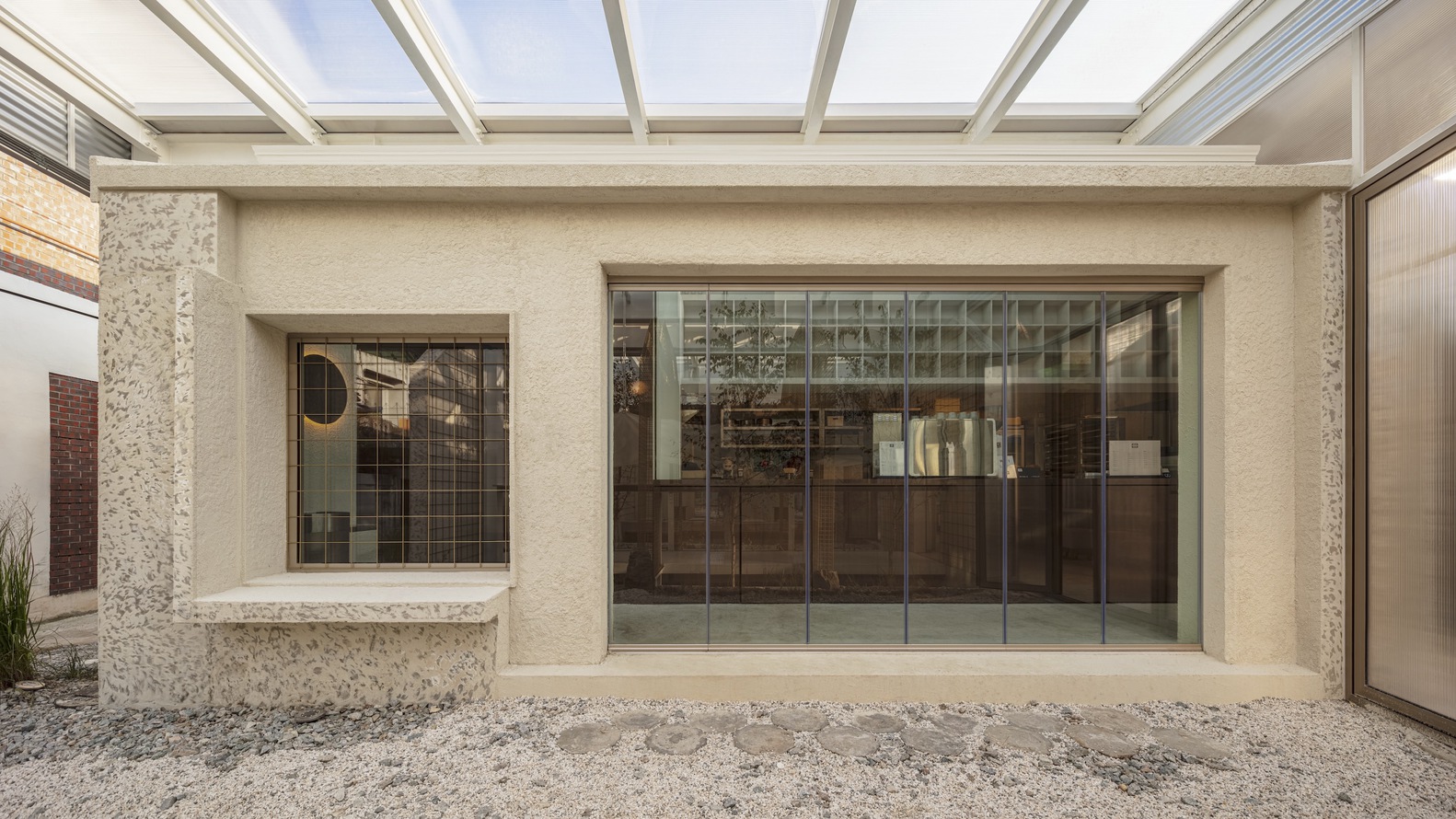
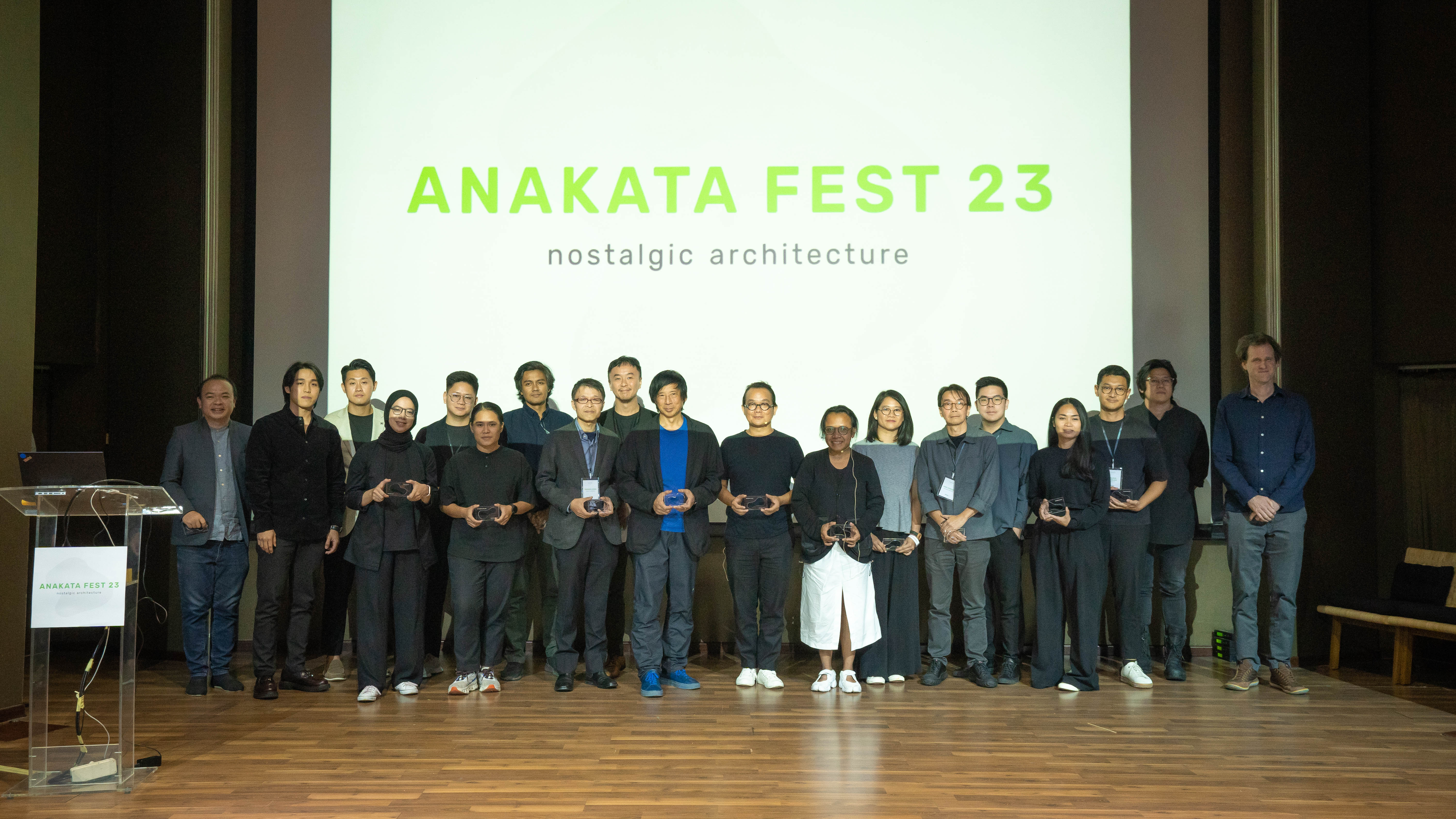

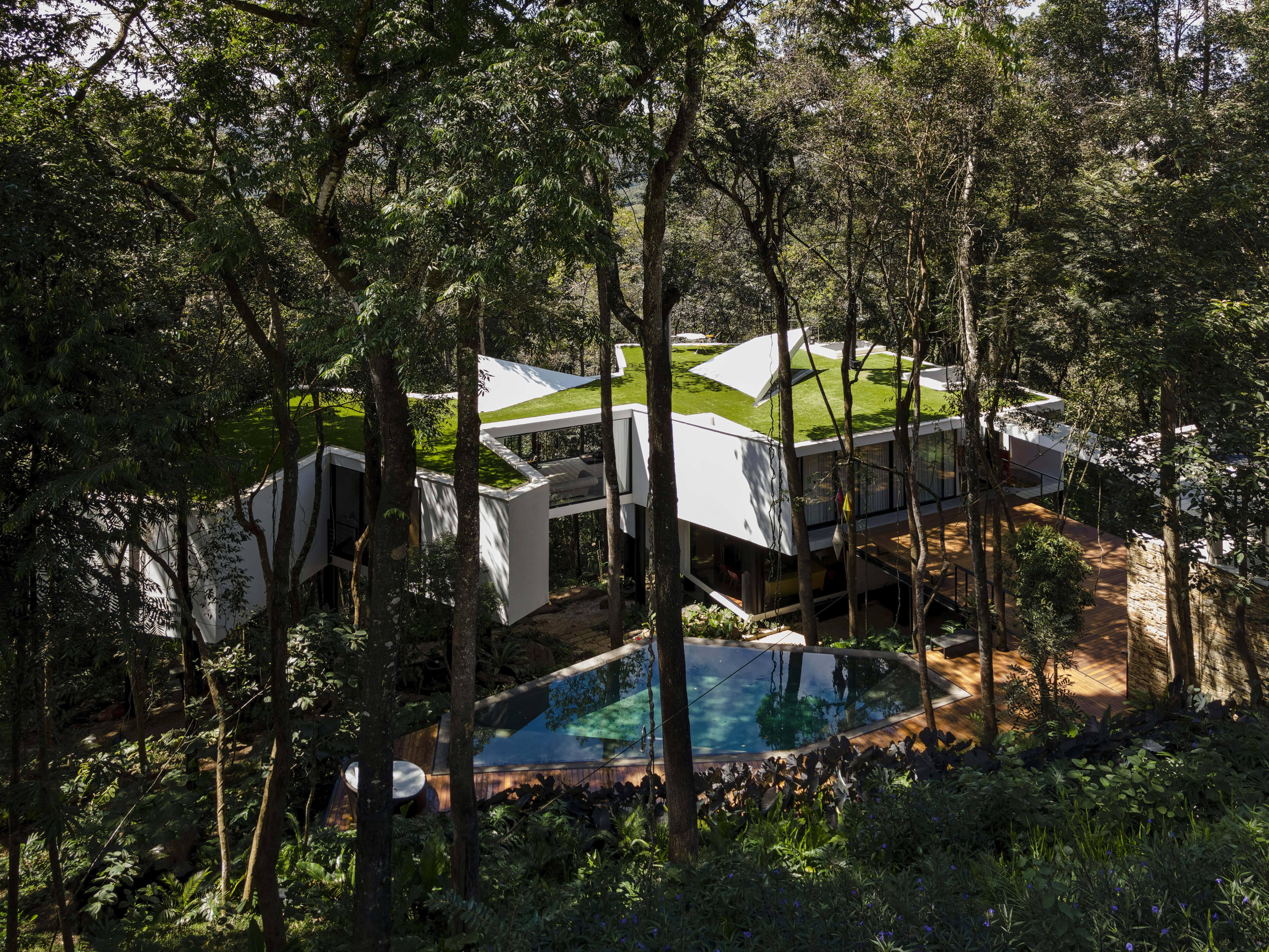
Authentication required
You must log in to post a comment.
Log in